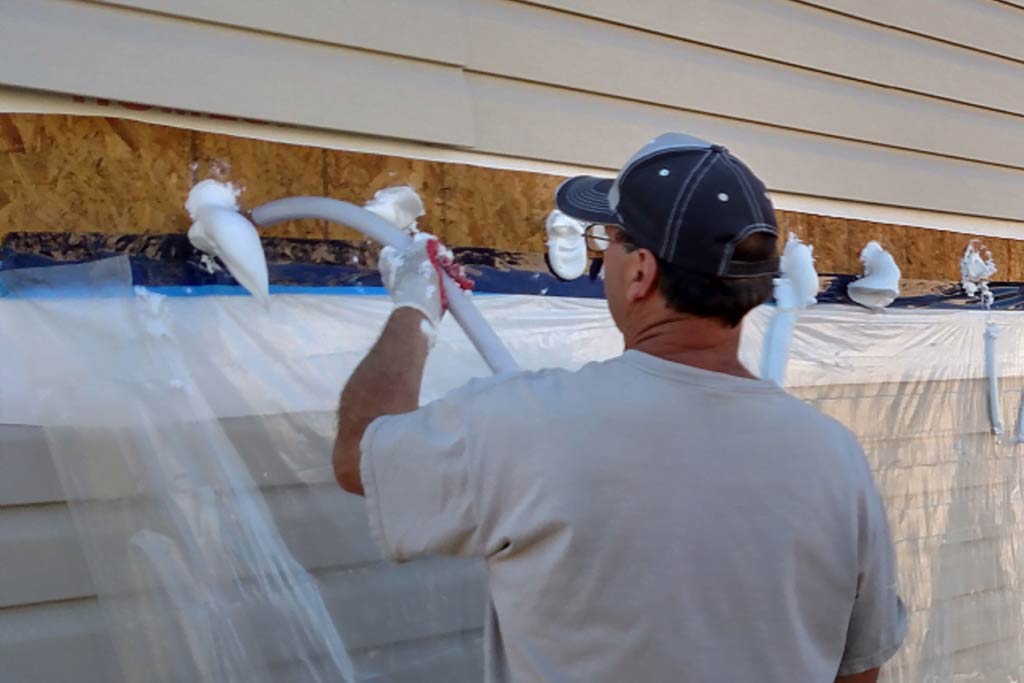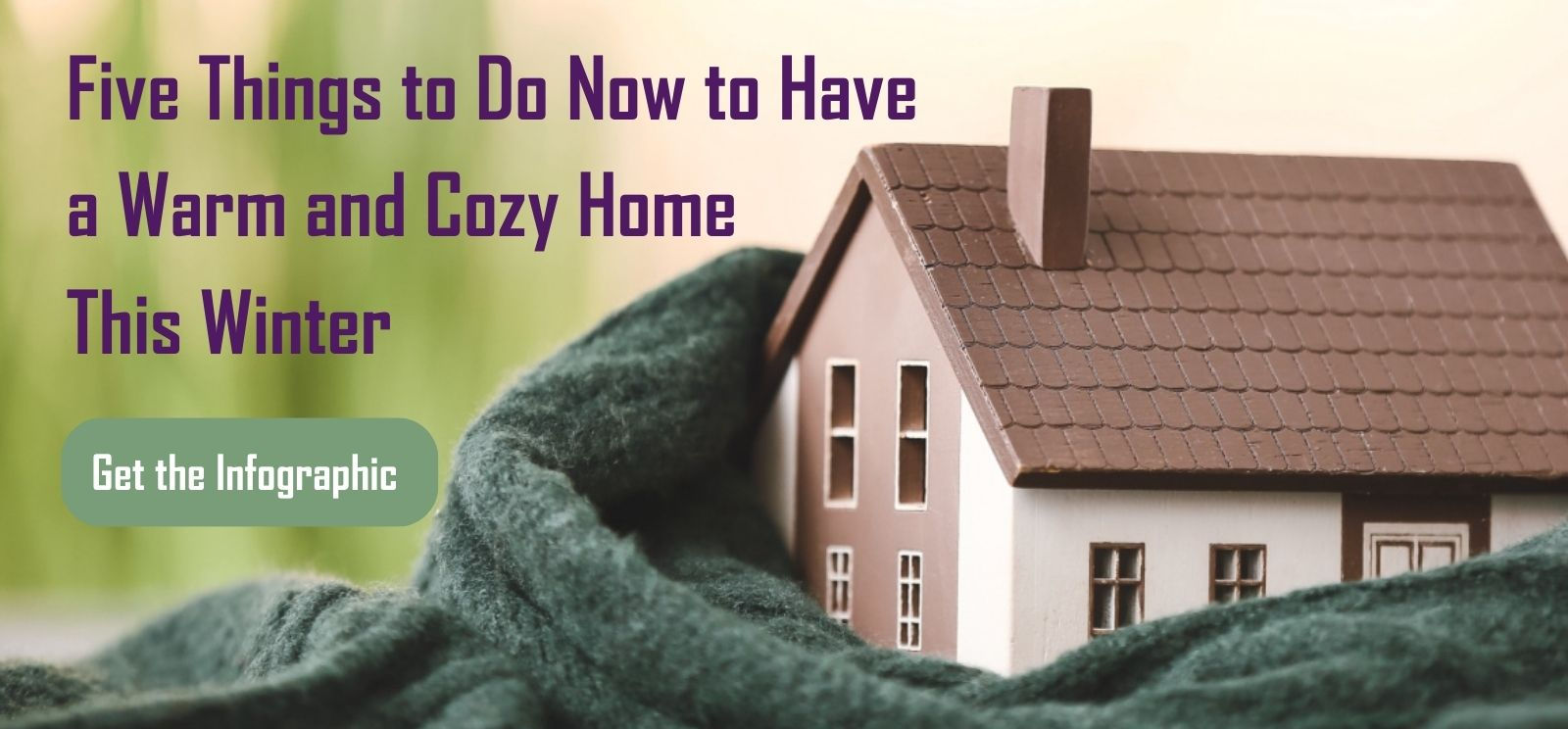What You Should Know About Injection Foam Insulation

If you are looking for insulation options for existing walls, you might have learned that you have a few insulation options to choose from. One option that you’re probably frequently running into is injection foam insulation. In this blog post, we will go over what injection foam insulation is, its advantages and why you might want to think twice about having it installed.
What is injection foam insulation?
Injection foam insulation is used to fill closed cavities of a home. Injection foam is infused onto an area and does not expand. It is commonly used to fill closed cavities such as existing walls in older homes. If installing injection foam insulation to an existing wall, other forms of insulation must be removed as much as possible before it is installed.
What is the R-value of injection foam insulation?
The R-value of injection foam insulation is R-4.6 per inch. The R-value is the resistance the insulation material has to prevent heat transfer.
Are spray foam insulation and injection foam insulation the same thing?
No, spray foam insulation and injection foam insulation are not the same thing. Injection foam insulation has a lower R-value and does not expand. Spray foam insulation has a higher R-value to help decrease heat flow. It also expands after being applied to the material it is insulating. Spray foam insulation cannot be used in a closed cavity like injection foam insulation. Since spray foam insulation expands, it can potentially cause pressure on your home’s walls. Due to this, spray foam insulation is recommended for open areas such as studs or before drywall is put in place.
What are the advantages of injection foam insulation?
The main advantage of injection foam insulation is that drywall does not need to be removed to properly install it. The installation process for injection foam is quick, but it is important to have a professional install the insulation.
Injection foam insulation creates a barrier that many report decreases the spread of sound. This is especially true when installed on exterior walls.
By creating an air barrier, injection foam insulation can help improve your home’s indoor air quality. It prevents outdoor pollutants from entering the home. This can be true of other forms of insulation as well.
What are the disadvantages of injection foam insulation?
Injection foam insulation has a lower R-value than other forms of insulation. Closed cell spray foam insulation has an R-value of R-6.9 per inch. Closed cell spray foam insulation is ideal for remodeling and new construction-type walls with open studs as opposed to retrofitting existing homes.
If injection foam insulation is not mixed correctly, it can lead to excessive shrinkage. The shrinkage will cause cold pockets in your home’s walls and can lead to noticeable condensation on your walls. If the injection foam is not installed properly, it can leave gaps in the insulation causing cold pockets and potentially making your home uncomfortable due to air leaks.
Injection foam insulation can cause your drywall to crack or bow. This is more common if the drywall has already been repaired or reinforced.
Where is injection foam insulation used in a home?
Injection foam insulation is primarily injected into wall cavities. It fills areas around electrical wires and outlets, pipes and more. The injection is often done through exterior walls including vinyl siding, brick, stucco and more.
It is not commonly used in open areas such as your attic space and crawlspace.
What are my insulation options for an existing home?
If you are insulating an existing home where you will not be tearing down walls, the main options for insulation are cellulose insulation and injection foam insulation. Injection foam has advantages and disadvantages as mentioned above. Dense-pack cellulose insulation is an excellent option for existing homes though.
Dense pack cellulose insulation can be blown into existing walls through small holes under your walls' interior trim or holes in your drywall that will later be patched. With dense-pack cellulose insulation, there is not a concern of shrinkage like injection foam. Blown-in cellulose insulation is good for the environment as it is made from recycled paper as well as your home’s energy usage.
Interested in improving your home’s insulation?
Ecotelligent Homes can help you increase your home’s comfort by first completing an energy audit. During the audit, we will determine if your home’s insulation needs to be improved and can recommend spray foam insulation or cellulose insulation for areas that may need it. Contact us today to learn more.

Ecotelligent Homes
Since 2009, more than 3,000 Michigan homeowners have trusted Ecotelligent Homes to make their homes comfortable and efficient. If you want an energy audit, insulation, HVAC, or abatement services, give us a call anytime: (248) 291-7815. Satisfaction guaranteed.
